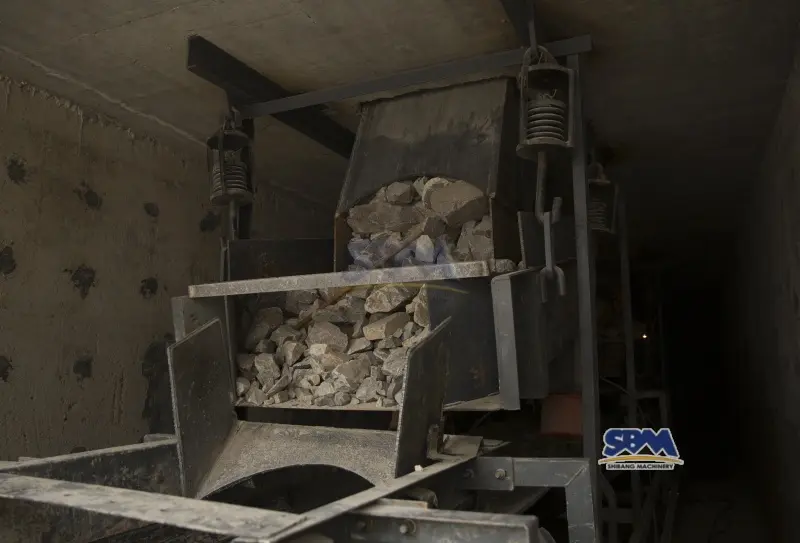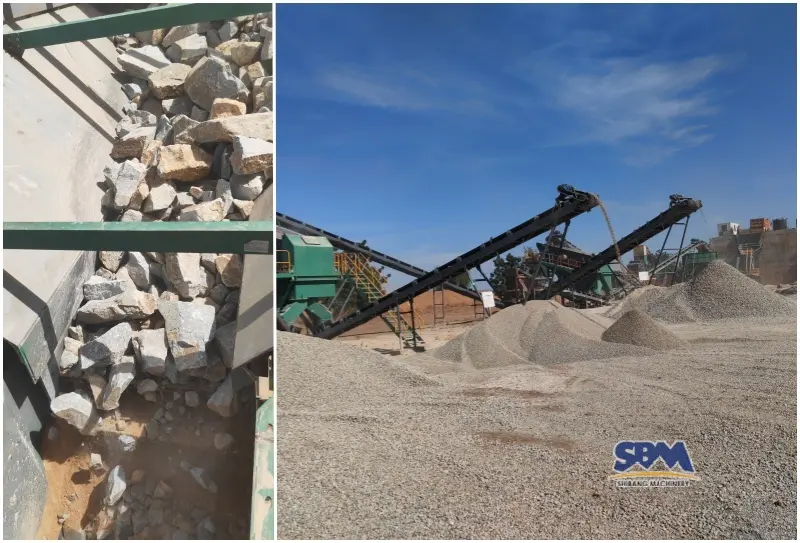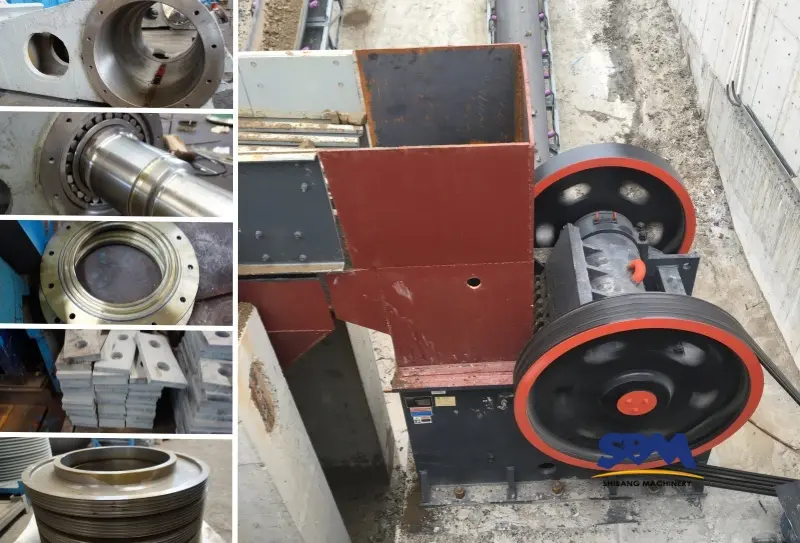E-pos: [email protected]
Wat presies is Tuff? 'N Inleiding tot die aarde se vurige relikwie
Hoofinhoud
Tuff isn’t just another rock—it’s a fascinating part of Earth’s story! Formed from pressed-together volcanic ash and debris, this special volcanic rock forms after huge, fiery eruptions. Imagine Mount Vesuvius’s power turning into a lightweight, hole-filled stone over thousands of years. Geologists love tuffs for its layered look and mix of minerals. I’ve held tuff samples myself, surprised by their strong yet fragile feel. Outside of textbooks, this material builds structures from ancient Rome to modern eco-homes. Its usefulness in construction? Absolutely amazing. Let’s explore why tuff deserves your attention—whether you’re a builder, historian, or someone who loves green living.

How Tuff Forms: Nature’s Explosive Artistry?
Tuff formation begins with chaos. When volcanoes explode, they shoot ash, pumice, and gases high into the air. These pieces fall down in thick layers, later sticking together under pressure or mineral-filled groundwater. What do you get? A rock that looks sedimentary but is volcanic, with visible fragments called ‘rock pieces.’ Picture Yellowstone’s cliffs—their striped beauty is pure tuff! Unlike granite or basalt, tuff forms quickly and violently. I think it’s amazing how destruction creates such a tough and long-lasting stone. Key factors: eruption size, ash makeup, and pressing time. Fun fact: Some tuff deposits form in weeks; others take hundreds of years!
Types of Tuff: From Ignimbrite to Rhyolitic Varieties
Not all tuff is identical! Classification hinges on composition and grain size. Check out common types:
| Tik | Origin | Key Traits |
|---|---|---|
| Ignimbrite | High-silica eruptions | Welded layers, high strength |
| Rhyolitic | Silica-rich magma | Lightweight, porous |
| Basaltic | Low-silica lava fragments | Dark color, coarser texture |
| Crystal | Abundant mineral crystals | Sparkly appearance, duursaam |
Ignimbrite—my top pick—forms during terrifying ‘volcanic ash clouds,’ like what buried Pompeii. Rhyolite tuff, usually tan or pink, is common in Mediterranean buildings. Basalt tuff, though less frequent, strengthens roads in volcanic areas. Crystal tuffs? It’s a sparkly standout!
Why Tuff Rocks: Engineering Properties That Shine?
Tuff’s special features make it a builder’s best friend. Its density falls between 1.5–2.5 g/cm³—lighter than granite but stronger than limestone. How porous is it? Tot 40%! This creates natural insulation, lowering energy bills in homes. Tests prove it can handle pressures of 10–60 MPa, ideal for walls that don’t hold up roofs. But in rainy areas, its water soak-up needs protective coatings. I’ve watched unsealed tuffs break down over years—truly sad to see. Heat resistance is a big plus: it takes high temperatures without damage. Pro tip: Use mortars that let air through with tuff to stop moisture buildup!
Historical Gems: Tuffs in Ancient and Modern Construction
From Rome’s Colosseum to Ethiopia’s rock-carved churches, tuff’s history is amazing. Hoekom? It’s soft to shape and found nearby. Romans mixed tufo with lime to make quake-proof mortar—so smart! In Yemen, 800-year-old tuff towers still stand strong against desert winds. Today in 2024: Architects love tuffs for eco-friendly building fronts. A project in Iceland used crushed recycled tuffs to make low-carbon concrete. My view? Mixing old tricks with new tech works wonders. Tuff wall covers also cool down hot city areas. Just skip strong cleaning acids—they’re tuff’s worst enemy!
Crushing Tuff: Smart Techniques and Equipment
Working with tuff needs careful handling. Its rough texture damages equipment, while changing hardness requires smart tools. Meet TUFF CRUSHERS—like SBM China’s portable rock-crushing machines. These workhorses use spinning hammers and movable plates to break down rock without crushing it too fine. For ignimbrite, jaw crushers tackle the first rough breaking. Cone crushers then size the pieces to 20-40mm. I remember a quarry boss praising SBM’s fluid-powered systems: “Less breakdown time, more tuffs crushed every hour!” Key steps:
- Primêre verplettering: Reduce raw blocks to 150mm chunks.
- Secondary Screening: Remove fine ash via vibrating sieves.
- Tertiary Shaping: Optimize grain shape for concrete.
Pro insight: Add dust suppression to protect workers from silica!
Tuffs vs. Traditional Stones: 'N Vinnige vergelyking
Choosing between tuff and granite? Let’s simplify:
| Kenmerk | Tuff | Graniet | Kalksteen |
|---|---|---|---|
| Gewig | Light (1.5-2.5 g/cm³) | Heavy (2.6-2.9 g/cm³) | Gematig (2.3-2.7 g/cm³) |
| Workability | Easy to cut/carve | Baie hard, needs diamond tools | Gematig |
| Koste bereken | $$ (Low transport fees) | $$$ | $$ |
| Eco-Impact | Low embodied energy | High quarry emissions | Medium |
The tuffs rock wins for DIY projects—I’ve carved garden planters with basic chisels! Granite suits monuments; limestone excels in detailing. But for rapid, low-cost builds? TUFF STONE is unbeatable.
Green Credentials: Tuff’s Role in Eco-Construction
Being eco-friendly isn’t just talk for tuff—it’s built right in. Digging it out gives off 30% less CO₂ than granite mining because it’s softer to remove. Its tiny holes help natural cooling, cutting air conditioner use by 25% in tests. Builders now reuse old tuffs from torn-down buildings to make water-draining ground covers, keeping waste out of dumps. My heart jumps seeing “tuffcrete” (tuffs mixed with recycled concrete) in green parks. Even cooler? Tuff traps carbon as it slowly wears away. One complaint: Quarries need to fix dug-up land quicker. Smart move: Get tuffs from nearby sources to cut delivery trips!
Challenges? Smart Solutions for Tuff’s Quirks
Ja, tuff has weak spots. Water soaking in can make surfaces flake off—chunks peel away. Regmaak? Soak it with special liquid sealers. Some mixes face harmful swelling that cracks concrete; fight this with special low-swelling cement. And breaking during shipping? Use cushioned pallets! I’ve seen builders add plastic mesh inside tuff walls—a smart fix. For crushers, check wear parts often to avoid breakdowns. Onthou: Tuff’s good looks beat its fussiness when you prepare right.
The Future Looks Bright: Innovations in Tuff Applications
Tomorrow’s tuff does more than cover walls. Scientists are trying tuffs powder instead of cement, cutting emissions by 50%. 3D-printed tuff blocks? Already being made in labs. I’m pumped about “living tuffs”—adding microbes to rock that fix cracks by themselves! Thanks to crushers like SBM China‘s energy-saving models, processing costs keep falling. As recycling ideas grow, tuff’s reuse potential makes it a modern star. Builders, pay attention: This stone is your key advantage.
Why Tuffs Deserves a Spot in Your Next Project?
Tuff’s path from volcano to all-around building stone is truly amazing. It combines green benefits with usefulness, giving you heat control, easy shaping, and less climate impact. Though crushing and sealing need care, today’s tools handle these challenges well. Whether fixing old landmarks or creating eco-homes, tuff offers lasting strength with unique charm. So next time you see rough tan walls or stone paths, smile—you’re seeing nature’s strength in action. Ready to try tuffs? Your plan for smarter building begins here.



